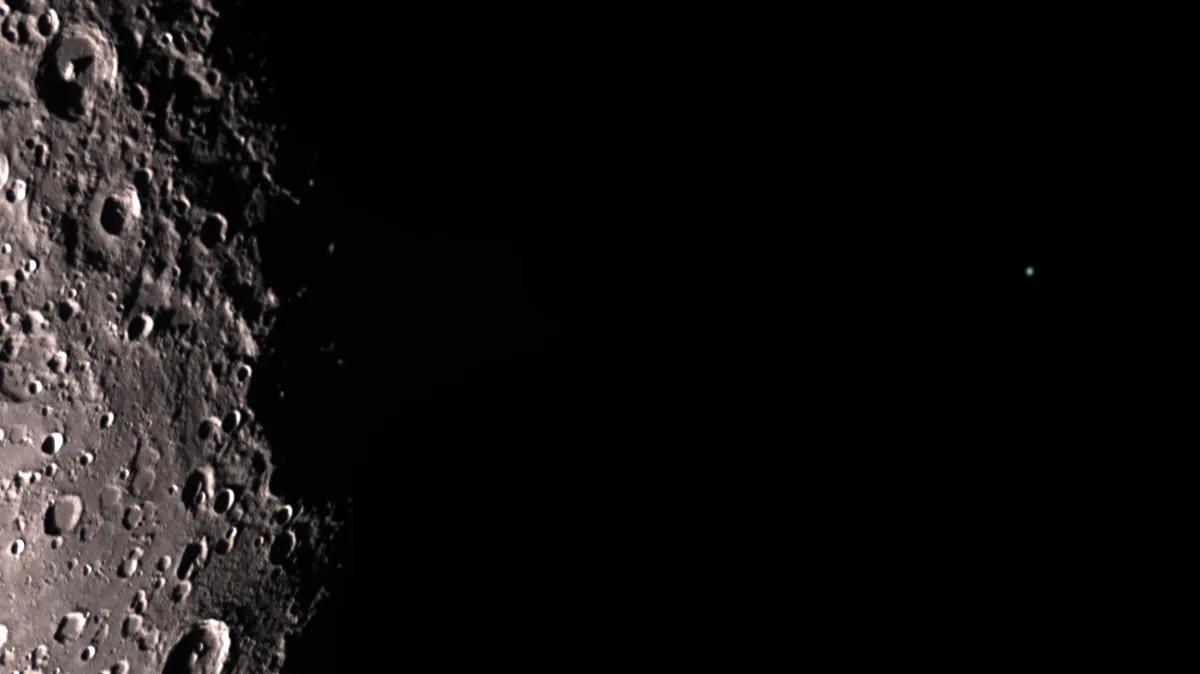It's a new year, which means a brand new astronomy calendar. 12 months of observing the night sky to look forward to.
This evening, as something of a New Year treat, the Moon will pass in front of Uranus in an event known as a lunar occultation.
The event will happen late this evening, with the best time to see the event being between 21:45 UT until 23:40 UT, although this will depend on your location.
For a full breakdown of what to expect and when, read Pete Lawrence's fantastic guide on the lunar occultation of Uranus, or read on for some tips on observing the event.
Keep up to date with what's happening in the night sky by listening to our Star Diary podcast or by signing up to receive the BBC Sky at Night Magazine e-newsletter.

Where the occultation is visible in the UK
As is always the case with lunar occultations of planets, we recommend watching from 20–30 minutes earlier so you don’t miss anything.
- The observing line between near-miss and full occultation runs from Pembroke in south Wales, through the Midlands and East Anglia, leaving the east coast near Lowestoft.
- Anywhere south of this line sees a near-miss. Those further north see a full occultation.
- Deepest occultation will be seen from northern Scotland, with disappearance at 22:13 UT and reappearance at 23:10 UT.
- In the middle of the UK, it runs from 22:26 UT to 23:04 UT
- From the graze zone, Uranus will appear clipped by the Moon’s southern edge at 22:42 UT

Although a telescope will give a view of the Moon with Uranus as a disc, binoculars can also be used to see the lunar occultation.
A telescope setup showing the entire Moon’s disc guarantees a view of the reappearance, but Uranus will really only appear as a dot
More magnification shows the planet as a disc, but increases the possibility of missing the reappearance.
This guide originally appeared in the January 2023 issue of BBC Sky at Night Magazine.
